Thirteen is a lucky number if you are in the Hilton Athens in Greece. It’s the rooftop floor with the Galaxy restaurant and bar, offering drinks, food and a wonderful view of the Acropolis and Mount Lycabettus.
The Galaxy’s outdoor and indoor tables are popular with hotel guests and nightlife Athenians, according to the hotel magazine, which interviews successful local artists and entrepreneurs that use it as a meeting spot, watering hole, and a place to swap ideas.
My childhood friend and I sat alfresco with wafting warm breezes at the Galaxy bar balcony to revive ourselves after a day of active input for the eyes and cameras, and before flying home after the Ancient Mysteries, 11-day Mediterranean cruise with the Holland America Line. It was a good perch to pause between travel modes.
When we checked in Oestrisu made us feel warmly welcomed and answered all our questions- –Yes, free WiFi in the spacious marble lobby areas with lots of comfortable, airy, sitting spaces; yes, there is a swimming pool in the building and one outside; yes, the suite would have a marble bathtub and a balcony with a view; yes an abundant buffet breakfast is included, and yes; we were close to museums, shopping and easy transport to the airport.
Though the hotel’s large lobby area welcomed outsiders, a room key was needed to take the elevator to the top rooms. Each lobby floor had original art work to distinguish it. Rooms with Acropolis views were all taken but we were positioned well to appreciate city views and a splendiferous sunrise over hills to start our trip home.
On shore trips we had seen hundreds of ancient columns -upright and reclined ghosts from the Greek and Roman civilizations from 2,000 BC on. Looking up from dinner at the lit row of columns from “The” Acropolis was an iconic capper to our antiquities cruise.
Acropolis translates roughly as “city on the extremity,” often a citadel on top of a steep hill. One guide told us that “there are over 5,000 acropolises in Greece, but the one in Athens is world famous.” We also
had visited many great archeological sites in Crete, Rhodes, Corinth, and Napfion but often our guides would tell us about the artistic and artifact finds which were not there but in museums— in Athens. Now was our chance!
This Hilton has a desirable location in central Athens, across from a verdant park and near a Metro station. Four Euros buys an all-day Metro Pass, so it is easy to get to the Plaka, Constitution Square, the innovative Acropolis Museum (built with see through floors over an excavation site) and the renowned National Archeological Museum.
Not only is the Metro faster than cabs in the often traffic congested streets, the stations themselves can be worth the descent to some of Athen’s modern underworld. The Acropolis station had displays of artifacts unearthed during excavation for the subway and a private guide was including it in a tour, pointing to a display with a little terracotta horse with wheels and string- a toy in a grave many centuries BCE.
The marathon was invented in Greece long ago and my friend and I seemed to be creating a new kind of modern tourist marathon, trying to see as many exhibits as possible in our one day in Athens and absorb the lively street life and people vignettes in between museums.
That night after our view gazing from the Galaxy, a bubble bath in the suite’s large and deep tub was a luxurious way to soak my limbs. Immersed, I let some of the trip’s memories soak in while out in the room at the modern wooden desk, my photo chip was downloading visual memories into my computer.
The Hilton Athens is a “Go To ” place for locals hanging at the Galaxy. For us, it was a wonderful “Go Between” place to cap off our fun cruise of Ancient Mysteries with visits to Athen’s world class museums, and to relax and rest up for the long flights home.
When I woke in the morning, the view from our Hilton Athen’s balcony was an exclamation mark of color at the end of a great trip, and a welcoming start to the voyage back to our other lives.
-Lisa TE Sonne, Luxury Travel Mavens
Photos by Lisa TE Sonne, (Except for the Pool Photo and Acropolis View image, via Hilton)

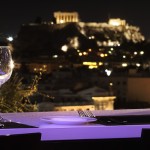

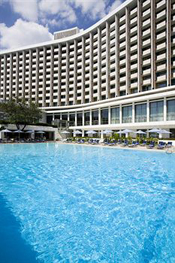
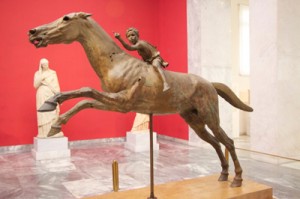
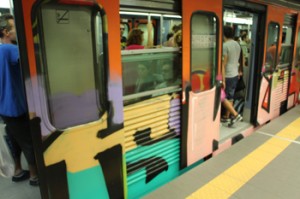
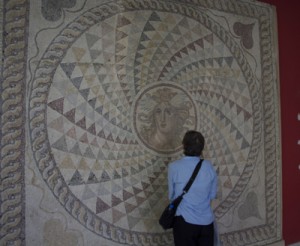

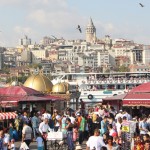
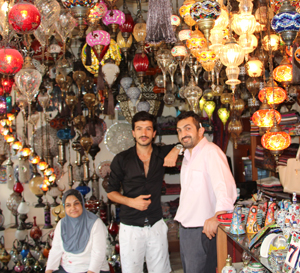


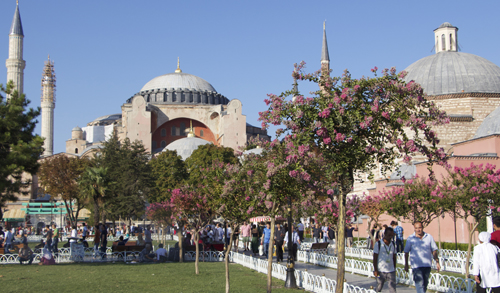
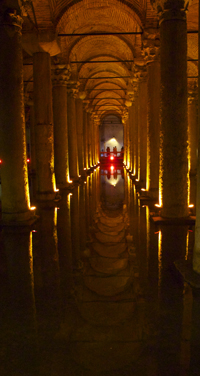
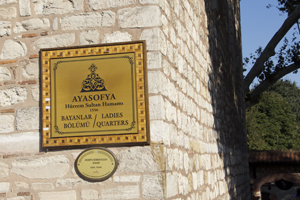
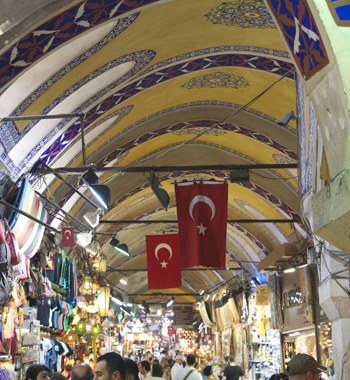

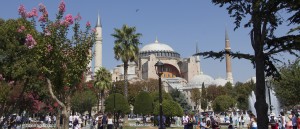
Recent Comments